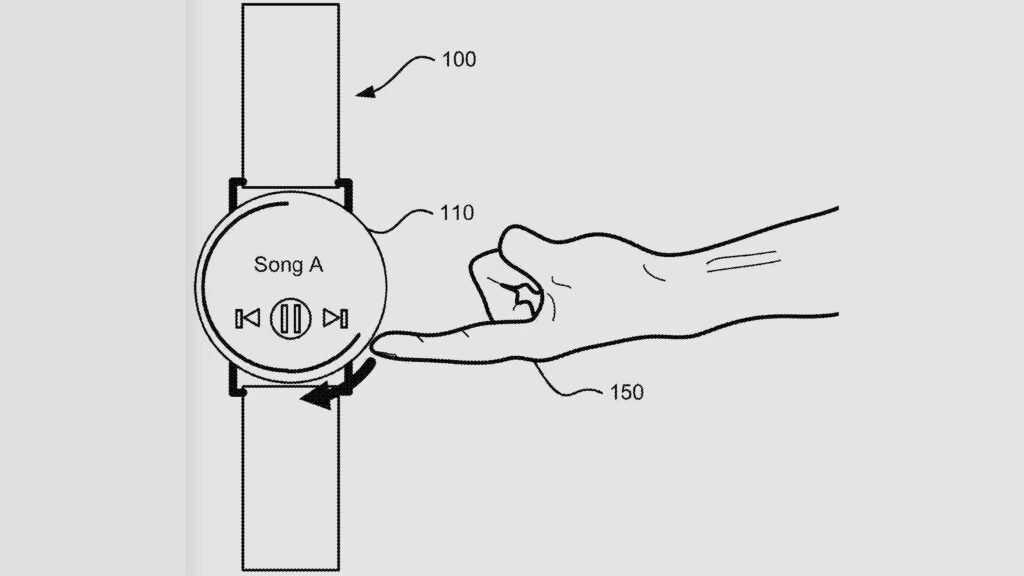Google is working on a version of the Pixel Watch with touch and pressure sensitive bezels, which would replace the current device’s crown.
Although Google kept the Pixel Watch 2 design exactly the same as the original, a new patent filing suggests Google has plans for a greater evolution of the form factor.
In the patent filed by our sister site Wearable, Google explains how small displays on smartwatches are often obscured by the need to press and swipe the surface.

Save £200 with this massive Garmin smartwatch price cut
The Garmin Epix (Gen 2) smartwatch would have set you back £749.99, but it’s now going for £200 less thanks to a big price reduction from John Lewis.
- John Lewis
- Was £749.99
- Now £549.99
While Google says the rotating crowns used by the Pixel Watch, Apple Watch et al, are “reasonably efficient”, a better solution would be to replace the crown completely with pressure sensitive bezels.
The bezels could respond to presses, swipes, taps and squeezes with the UI response different for different apps. In examples shown within the filing, entitled “gesture recognition on watch bezel using strain gauges”, Google focuses on the music app the ability to control smart home devices.
Google also says ridding the crown from the device would also make it easier to waterproof and even result in a cleaner overall aesthetic.
“Content on such a small screen is easily obscured when touching the device, making it difficult to precisely select and scroll because the user cannot see what they are selecting or scrolling,” Google says in the filing.
“Rotating scrolling buttons are used to scroll on many smartwatches today, and are reasonably efficient. However, they require a fairly complicated mechanical structure with very small moving parts. They further require waterproofing. Some users may prefer to remove the crown, such as for aesthetic reasons.”

In typically obstructive language Google explained how the technology would work. The company writes: “The one or more processors may be configured to determine, using information detected by the one or more sensors, a user interaction with an outer surface of the housing, determine a type of gesture based on the detected user interaction, determine a type of input command based on the determined gesture, and execute a task corresponding to the determined type of input command.”
The design change would allow Google’s Pixel Watch to stand out from the crowd, but whether we’ll see it manifest in next year’s Pixel 3 remains to be seen. Many patents like this never see the light of day within a product available to consumers.

